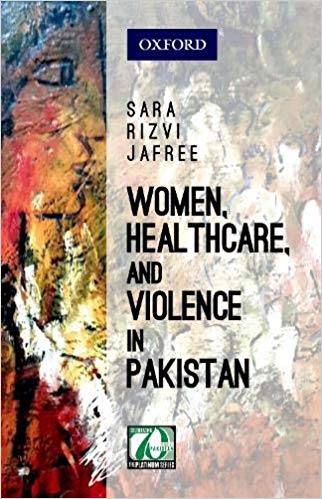Researching and comprehending the complexities of health and health care systems provide us interesting insights into society, especially when studied through the lens of an interdisciplinary social science perspective. This is what the two books being reviewed here attempt to do and do so, competently. The authors approach their topics from their disciplines in medical anthropology and sociology respectively, but give an interdisciplinary perspective to the themes. Subedi covers a wide range of issues relating to health research, health services, health status, ill-health and healthcare policies in Nepal by putting together ten essays, weaving in the socio-cultural and political milieu of Nepal. They form an interesting canvas of topics that give the reader a sense of the socio-economic, cultural and political determinants that impinge on the various sub-systems of health and healthcare. Jafree, on the other hand, focuses on women practitioners in healthcare and the regular violence they confront at their workplace. She too locates the women within the socio-cultural and political context and this gives us immense insights into the society where the women personnel come from.
Even though the themes of the books are diverse, the convergences lie in the fact that both books are located in South Asian societies; and the approach to understanding and analysing health seeking behaviour, healing practices and healthcare systems in these societies is through perceptions of people within communities; their experiences and negotiations with ill-health and healthcare systems in daily lives; and perceptions of those who are active actors, forming an integral part of the healthcare system. The socio-cultural construction of well-being, of the community in one instance and the women healthcare providers in the other, pervades both the books. The audience for these books are public health scholars, practitioners, social scientists studying health, healthcare systems and South Asian society and policy makers.
Essays on Pakistan’s healthcare systems are rare to come by, and being a scholar of public health, I realized there is so little research conducted on healthcare practitioners. Research mostly focuses on practitioners in the context of their work responsibilities within a public health framework or patient-doctor relations. This research was conducted over a period of five-years and methodologically rigorous, with an extensive review of literature, from global literature to studies specifically from Pakistan, followed by quantitative and qualitative methods of enquiry. The author notes that since domestic violence is at the forefront of all violence, there is negligible data on workplace violence but the highest rates of workplace violence faced by women is in the health sector.

